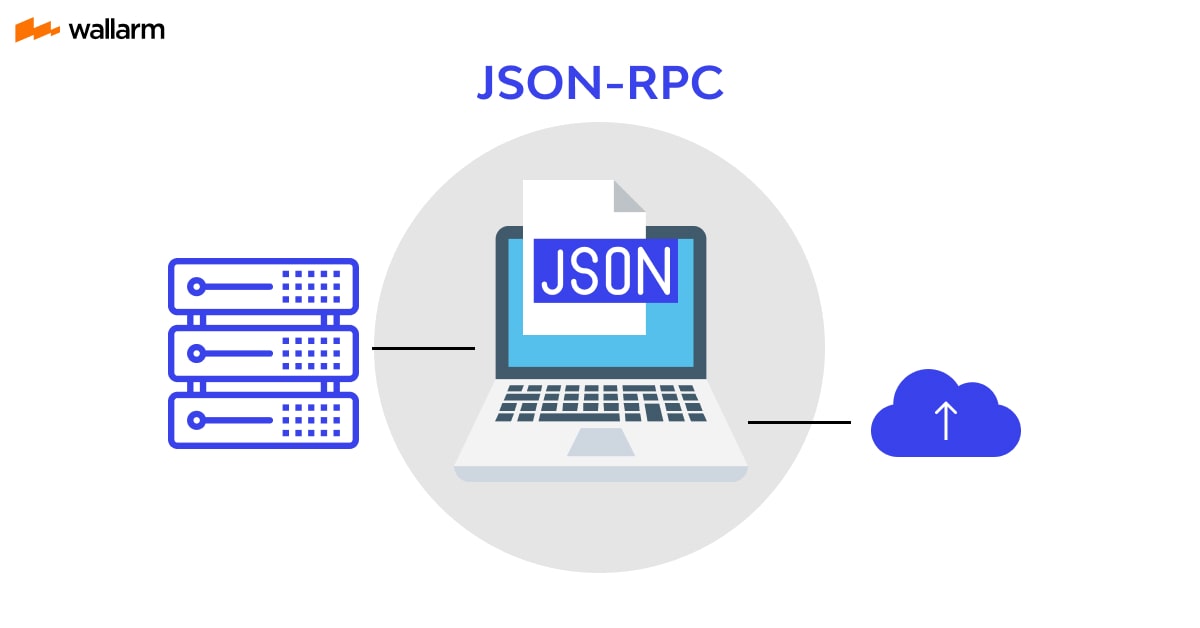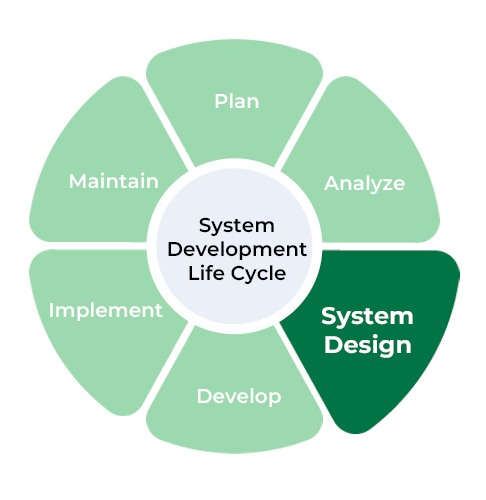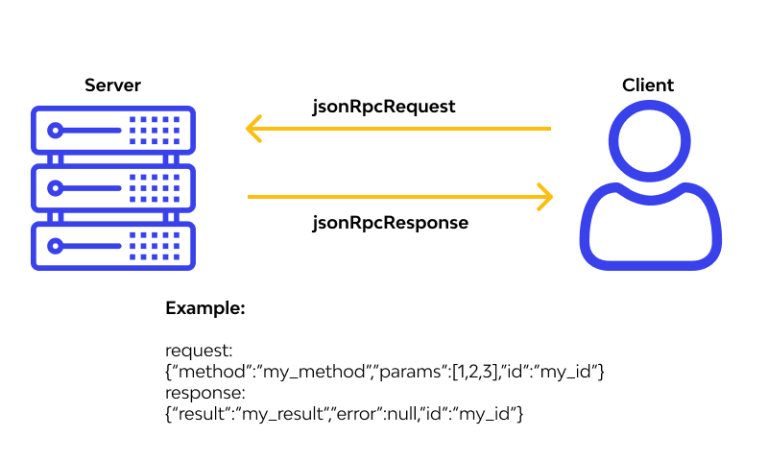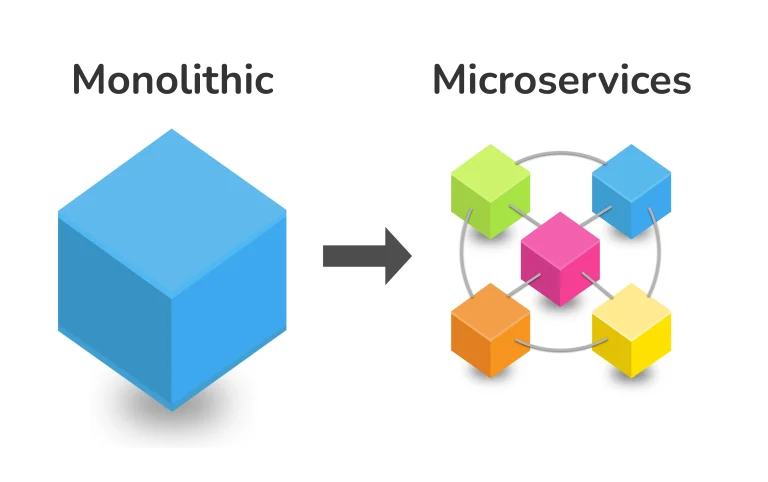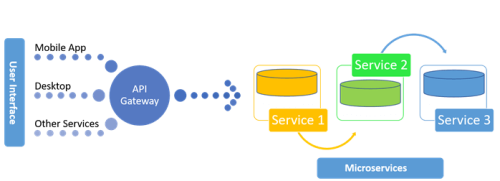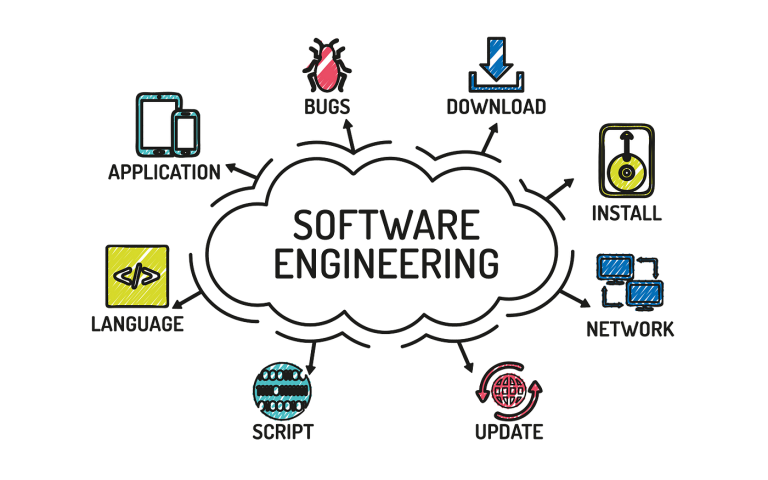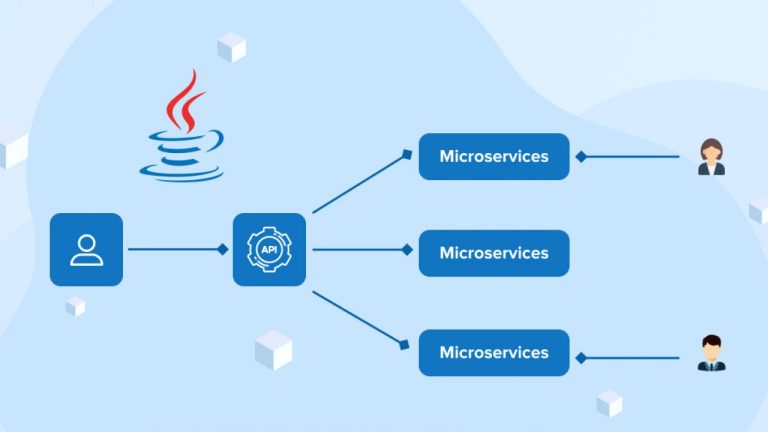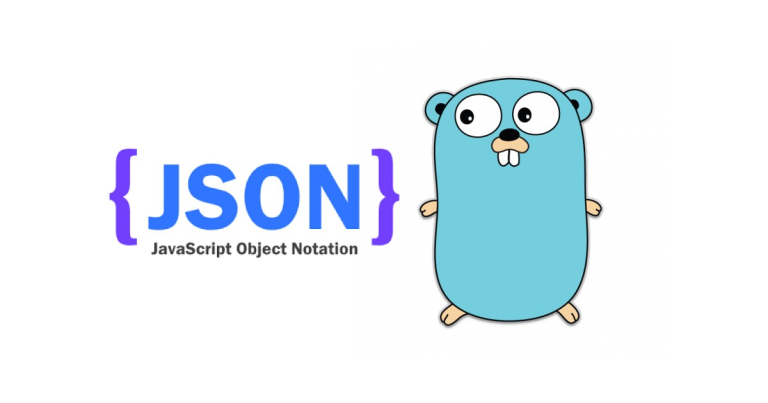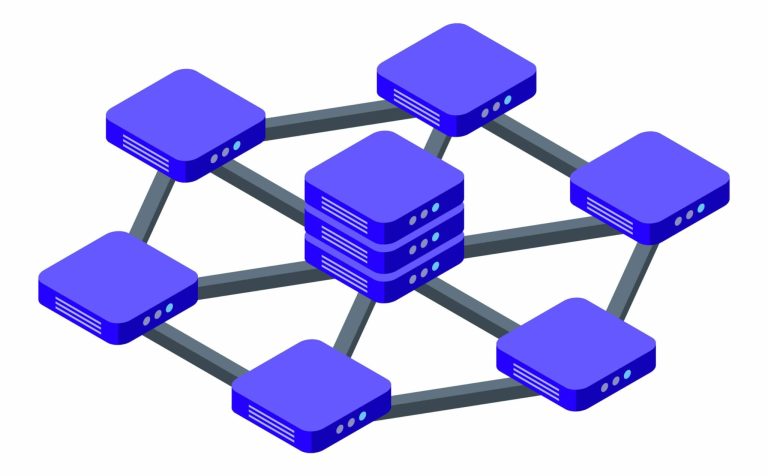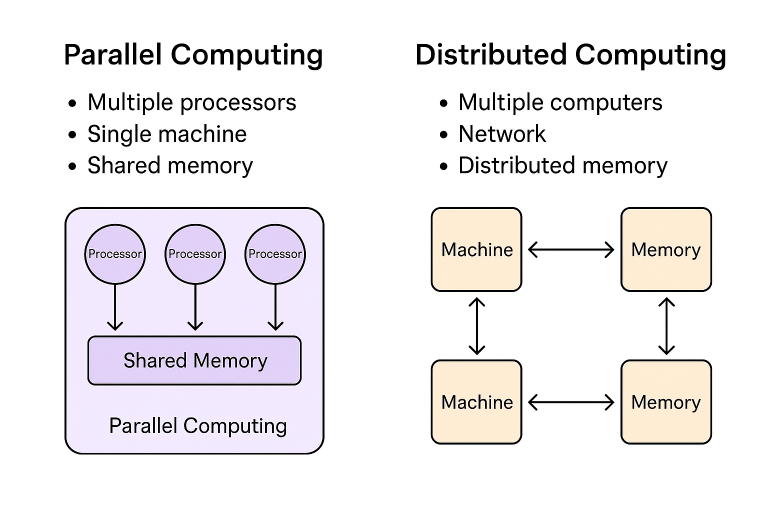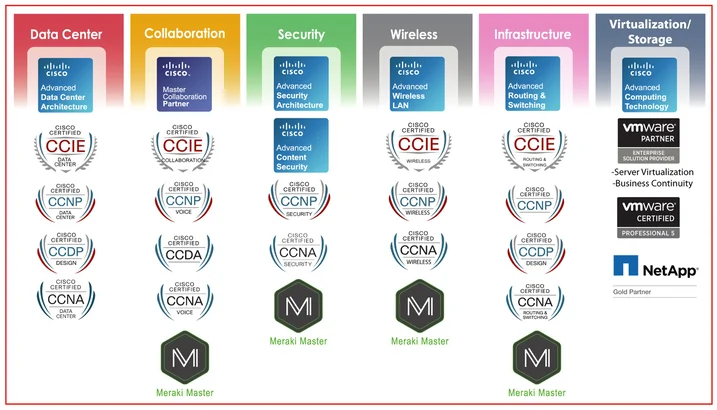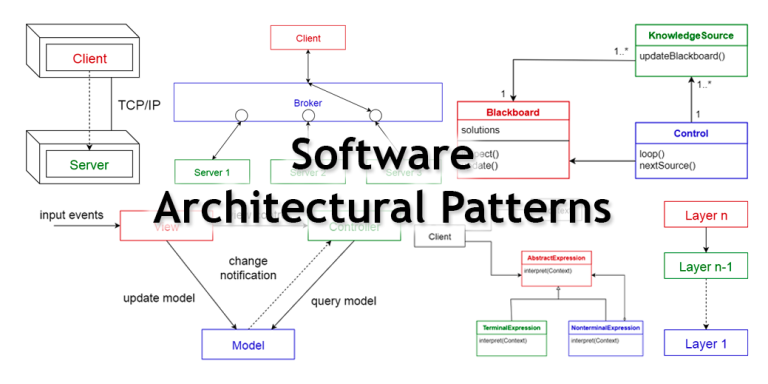Let’s explore a real-time messaging system that involves sending and receiving messages between users. We’ll examine how XML, JSON, and RPC could be utilized in different aspects of this system.
- XML for Message Structuring:
Consider using XML to structure the messages in a way that captures both the content and metadata. Here’s an example of an XML-based message format:
<message>
<sender>JohnDoe</sender>
<recipient>JaneSmith</recipient>
<timestamp>2024-01-26T15:30:00</timestamp>
<content>Hello, how are you?</content>
</message>In this example, the XML structure provides a clear hierarchy for the message components, making it human-readable and easy to extend if additional metadata is required.
- JSON for Real-Time Communication:
When it comes to real-time communication, JSON is often preferred due to its lightweight nature. Let’s consider using JSON for the communication between the client and server when sending and receiving messages:
// Sending a message
{
"sender": "JohnDoe",
"recipient": "JaneSmith",
"timestamp": "2024-01-26T15:30:00",
"content": "Hello, how are you?"
}
// Receiving a message
{
"sender": "JaneSmith",
"recipient": "JohnDoe",
"timestamp": "2024-01-26T15:32:00",
"content": "I'm good, thanks! How about you?"
}JSON’s simplicity and ease of parsing make it suitable for handling real-time communication where quick data serialization and deserialization are crucial.
- RPC for User Presence and Notifications:
To implement features like user presence and notifications, RPC can be employed. Let’s consider using a JSON-RPC approach to notify users when someone comes online:
// JSON-RPC Request to Notify User Presence
{
"jsonrpc": "2.0",
"method": "notifyUserPresence",
"params": {
"username": "JaneSmith",
"status": "online"
},
"id": 123
}
// JSON-RPC Response (Acknowledgment)
{
"jsonrpc": "2.0",
"result": "User presence notification sent",
"id": 123
}In this scenario, RPC facilitates the invocation of the notifyUserPresence method remotely, updating user presence across the system. It enables seamless communication between different components of the messaging system.
Conclusion:
This case study illustrates how XML, JSON, and RPC can be integrated into a real-time messaging system, each playing a distinct role. XML provides a structured format for messages, JSON facilitates efficient real-time communication, and RPC supports remote procedures for features like user presence notifications. By combining these technologies appropriately, developers can create a scalable, efficient, and feature-rich messaging platform tailored to user needs.

